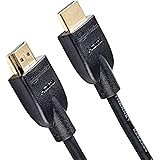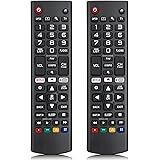
Home Theater False Wall
A home theater false wall is made of a few layers of materials, including a layer of 2x2s covered in 1 inch OC703 material. These layers act as an acoustic barrier to block out external noise, while hiding floor to ceiling bass traps and acoustic cotton. When properly installed, a false wall can make a big difference in the sound quality of your movie theater room.
The front panel of the baffle wall is the most important part, because it’s responsible for blocking out the lowest frequencies of the sound. You don’t want the front panel of your theater to have too many layers, because low frequencies can be powerful. Two layers of gypsum, three layers of 5/8-inch MDF or plywood, and overlapping joints are ideal. Your front panel should be a minimum of 1.5 inches thick.
The baffle wall should be a full 1.5-inch thick material to keep out the highest frequencies. If you’re installing speakers, you should avoid walls that are too thin. Using a baffle with a thin layer can transfer energy to the speakers, resulting in a less-than-ideal experience. A 1″ thick layer behind the screen should also block out high frequency sounds and light. In addition to a proper baffle wall, you should use isolation pads on the subwoofer and speakers to decouple them.
Using the correct acoustical baffle wall can make all the difference in the sound quality of your theater. It will help prevent noise from escaping, and it will ensure that sound will be focused and directional, making the audio and visual effects much more natural. By installing a false wall, you can create a more comfortable environment for your guests. You can even upgrade the system and add a 3D object-based surround sound.
A full baffle wall is very rigid, extending from wall to floor to ceiling. A full baffle wall must be extremely rigid to avoid resonances caused by low-frequency waves. The material used for a full baffle should be as solid as a partition. This type of wall will prevent the acoustics from leaking into other rooms in the house. You can also use a home theater false-wall to create a separate sound chamber.
The right kind of material for a false wall is essential. It must be made of sturdy materials. The best material to use for the front panel is five/8-inch MDF or plywood. If you are building a home theater, it is best to use plywood because it’s lightweight and can be installed easily. If the front panel is made of plywood, it will be much easier to install. The material is also cheaper than gypsum or drywall, so it’s a good idea to buy it online.









